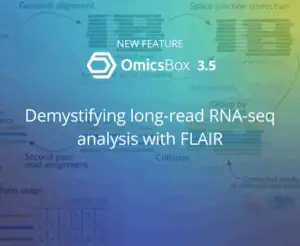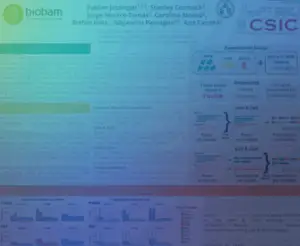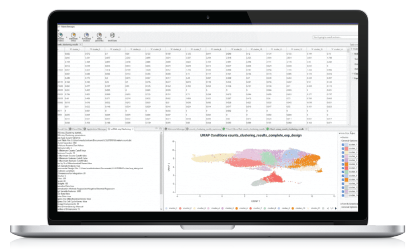
Demystifying long-read RNA-seq analysis with FLAIR
Long-read sequencing technologies, led by Pacific Biosciences (PacBio) and Oxford Nanopore Technologies (ONT), have transformed transcriptomics research1. They enable scientists to study alternative splicing and isoform diversity in unprecedented detail. Unlike short-read sequencing, which requires computational assembly of millions of fragments into transcript models, long reads can capture entire RNA molecules in a single read. However, due to various








